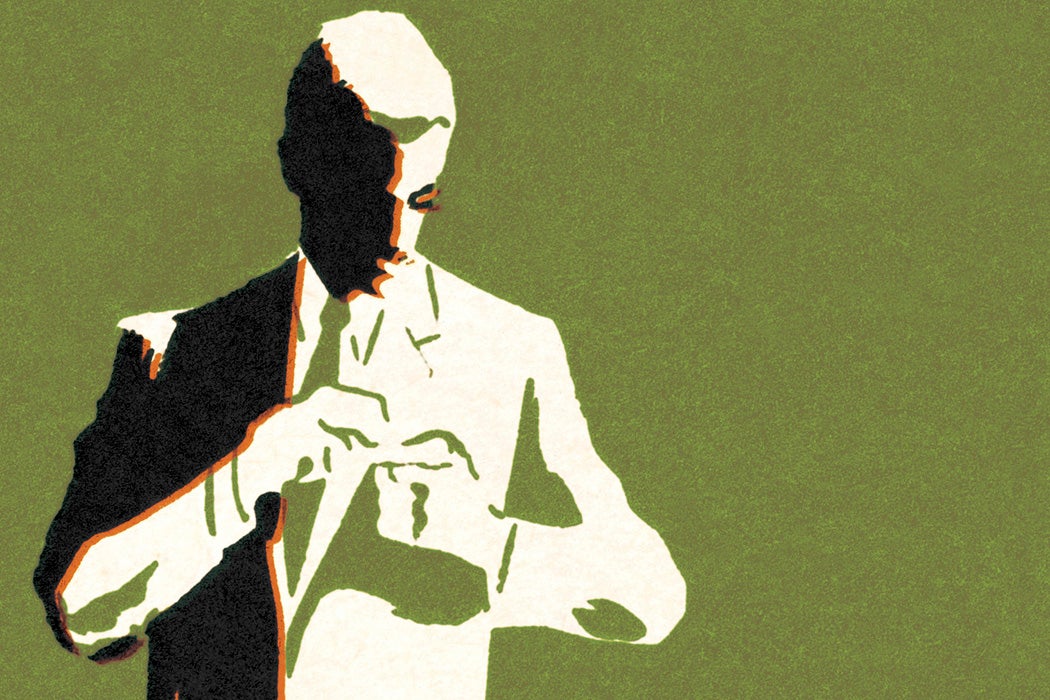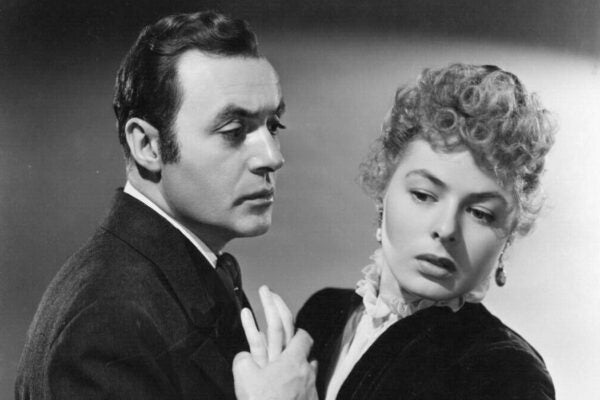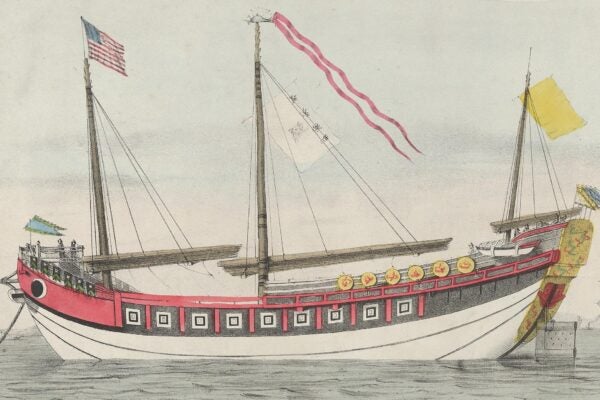How to Be a Spy (Literary Hub)
by Elyse Graham
To be a spy in World War II was less glamorous than the era’s novels made it sound—and more dangerous. Rather than carrying fancy gadgets, real-life spies learned handy ways to repurpose everyday items and convince unwitting informants to share secrets.
The Upside of Luxury Fashion (Aeon)
by Roger Tredre
If expensive fashion is frivolous conspicuous consumption and fast fashion is a human rights disaster, is there any ethical place for beautiful clothes? Some artisans working with traditional methods—and some private equity firms backing them—say yes.
Do Lungs Have a Race? (Harvard Public Health)
by Felice J. Freyer
For a long time, when medical professionals gauged lung health, they factored in the race of the patient. Black, white, and Asian people with the same objective scores received different reports, with implications for eligibility for jobs and public benefits. Now, that’s finally changing.
RIP Fido (Smithsonian Magazine)
by Rachel Nuwer
Modern pet cemeteries sprang up in many places in the late nineteenth century. Since then, people have memorialized their beloved animals in a huge variety of creative and colorful ways.
The High-Powered Hummingbird (Knowable Magazine)
by Bob Holmes
If a hummingbird were a person, in the course of a day they might drink 100 sodas and run for thirteen hours. One way they keep up the pace is almost literally sleeping like the dead.
Got a hot tip about a well-researched story that belongs on this list? Email us here.






